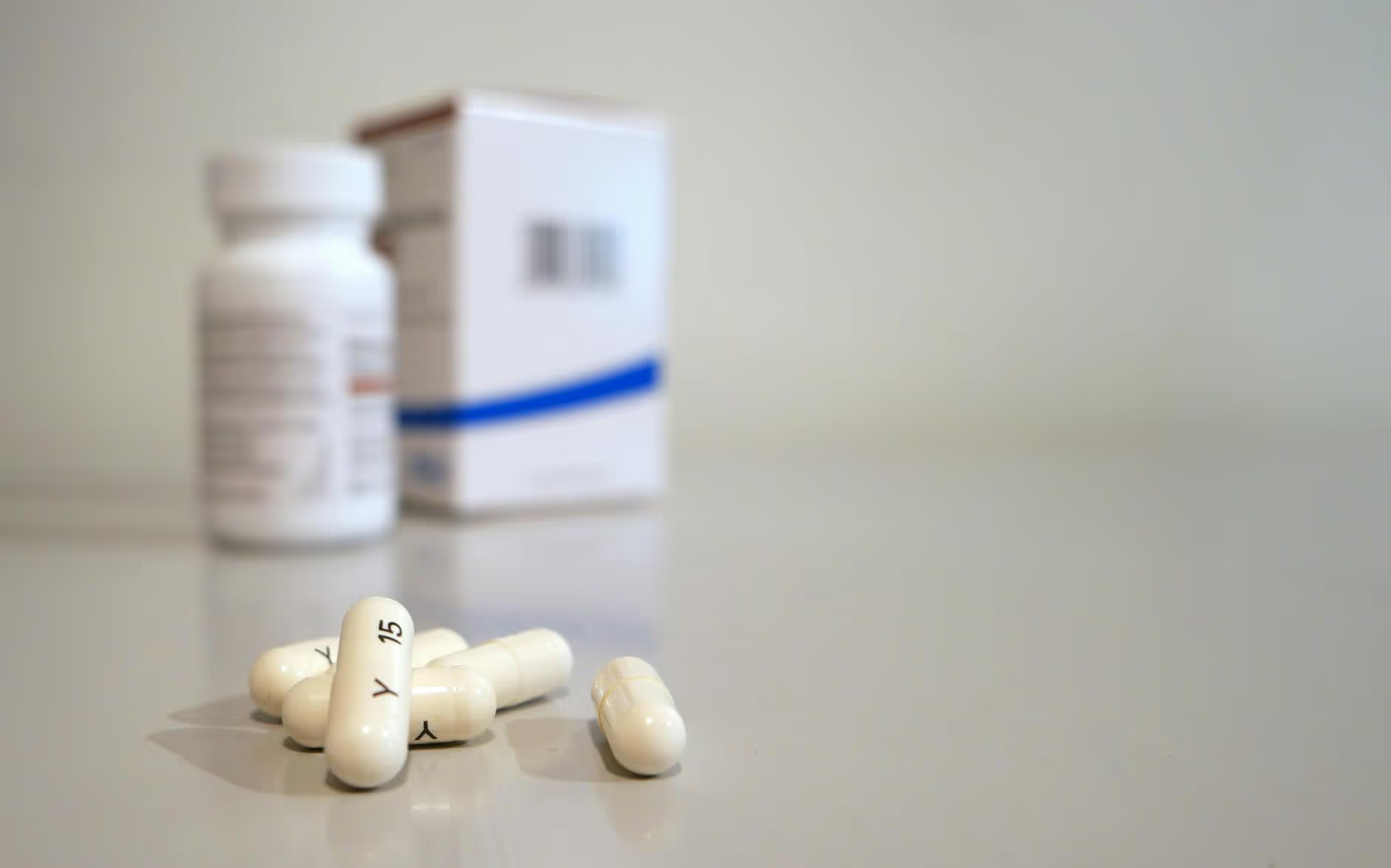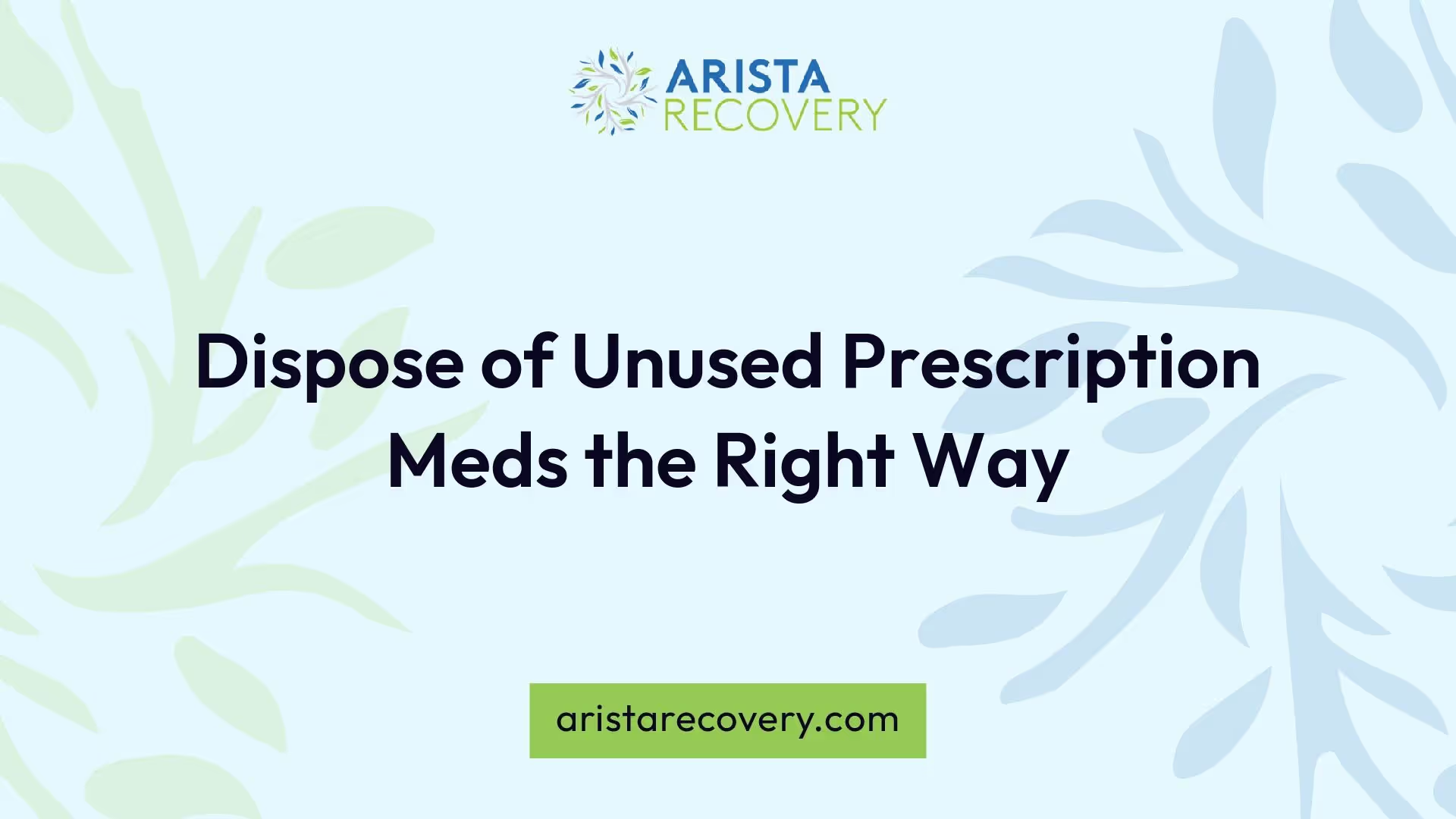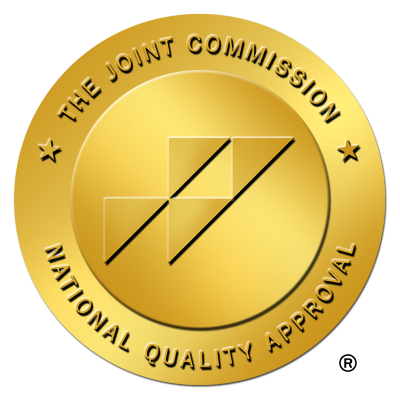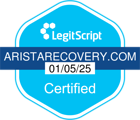Dispose of Unused Prescription Meds the Right Way

Proper Disposal of Unused Medications
Disposing of unused medications properly is crucial for both safety and environmental considerations. Various options are available for disposing of these medications responsibly.

National Prescription Drug Take Back Day
The National Prescription Drug Take Back Day, organized by the Drug Enforcement Administration (DEA), occurs several times each year. This initiative provides a safe, convenient, and responsible means for people to dispose of prescription drugs while raising awareness about the potential for medication abuse. Events allow individuals to drop off unused and expired medications at designated locations, ensuring safe disposal [1].
The next event is scheduled for April 24, 2021, featuring numerous authorized drug take-back locations across various facilities. This program serves as a valuable opportunity for individuals to safely discard their medications, particularly potent substances like fentanyl patches, which can be dangerous even in small amounts.
Disposal Options at Home
When local take-back options are not readily available, individuals can still dispose of medications at home, though it is essential to follow safe practices. The FDA recommends two primary methods: flushing and trashing medications. The appropriate method depends on the type of drug.
Flushing Medications
Certain medications are considered safe for flushing due to their potential for abuse or accidental ingestion. The FDA maintains a flush list that includes drugs deemed hazardous and should be immediately flushed down the sink or toilet.
Medication TypeRecommended Disposal MethodOpioid pain relievers (e.g., Oxycodone)FlushFentanyl patchesFlushSome ADHD medicationsFlush
Trashing Medications
Most medications, including prescription and over-the-counter drugs that are not on the flush list, can be thrown away in household trash. To do this safely, individuals should follow these steps:
Pharmacies may also provide helpful resources, including on-site medicine drop-off boxes and mail-back programs to assist with safe disposal.
Using safe disposal methods is vital in preventing accidental exposure and reducing the risk of addiction. For more information on how to discuss prescription drug misuse with youth, explore our resources on talking to kids about prescription drug abuse.
Specific Medications and Disposal Methods
When it comes to the proper disposal of unused prescription meds, different medications require specific methods. This section outlines recommended approaches for flushing medications, trashing medications, and handling inhalers and patches.
Flushing Medications
Certain medications pose serious risks if they are not disposed of correctly. For instance, fentanyl patches, which contain a potent opioid, should be flushed down the toilet after they are no longer needed. This method is crucial due to the potential danger they pose to individuals who are not prescribed these medications [2]. The adhesive patch retains a significant amount of the drug, making it hazardous if it gets into the hands of someone who may misuse it.
Medication TypeDisposal MethodFentanyl PatchesFlush down toilet
Trashing Medications
For medications not on the flush list, the FDA recommends trashing them if a drug take-back program is not available. Many unused medicines should be thrown into household trash rather than flushed down the sink or toilet. However, medications on the FDA's "flush list" are exceptions, given their high risk of being misused. When trashing potential waste, individuals should follow these steps:
Medication TypeDisposal MethodNon-flush List DrugsTrash (mixed with undesirable substance)
Handling Inhalers and Patches
Inhalers and aerosol products require careful handling to ensure safe disposal. Individuals should contact local waste management facilities to understand the proper disposal regulations and procedures for these types of medications. Mismanagement may result in dangerous incidents if inhalers are punctured or incinerated. Following local regulations ensures environmental safety [2].
Product TypeDisposal MethodInhalers & AerosolsCheck local regulations for disposal
By following the appropriate disposal methods, individuals can ensure that they manage their unused prescription meds properly and contribute to the safety of the community and environment. For more insights on the risks associated with unused medications, consider reading about child abuse of amphetamines or how to talk to kids about prescription drug abuse.
Environmental Impact Considerations
Concerns About Flushing
Flushing unused medications down the toilet has raised significant concerns regarding the potential contamination of water supplies. However, studies conducted by the FDA and EPA indicate that there is negligible risk of environmental harm from flushing specific medicines that are recommended for disposal in this manner. The FDA's assessment has confirmed that there have been no observed environmental effects caused by flushing these prescribed drugs [2].
FDA and EPA Findings
The FDA published a paper evaluating the environmental implications of flushing certain medications. The findings revealed no significant adverse effects resulting from this disposal method. The negligible risk of detrimental environmental impact aligns with the recommendations for the disposal of selected pharmaceuticals.
Despite these findings, proper disposal of unused or expired medications remains vital to prevent pharmaceuticals from entering the environment. Research indicates that pharmaceutical products have been found in surface water globally. Although studies show minimal negative effects on both human and animal health, it is essential to approach this issue with evaluation, education, and responsible actions.
Pharmaceutical Waste and Water Pollution
The disposal of pharmaceutical waste has far-reaching implications for water quality. Recent proposals from the EPA aim to prohibit healthcare facilities from disposing of unused hazardous-waste pharmaceuticals by flushing or pouring them down the drain. This initiative underscores the need for a more responsible approach to the disposal of medications.
Disposal MethodEnvironmental ImpactAgency FindingsFlushingNegligible riskFDA: No significant environmental effectsTrashingPotential leachingRequires responsible handlingHealthcare Facility DisposalProhibited by EPATo prevent hazardous waste entering sewer systems
Understanding these environmental considerations is essential for ensuring safe practices when managing unused prescription medications. For more detailed guidance on how to unused prescription meds properly dispose, it is crucial for both individuals and healthcare providers to stay informed and proactive.
Importance of Safe Disposal
Safe disposal of unused prescription medications is crucial for numerous reasons, particularly concerning the risk of accidental exposure, the prevention of opioid misuse, and the educational role of prescribers.
Risk of Accidental Exposure
Storing unused medications in the home increases the risk of accidental exposure, particularly among children and pets. Young children may mistakenly consume medications that appear harmless, leading to serious health consequences. It is essential for families to understand the importance of removing unused medications from the house promptly.
According to the FDA, many individuals who misuse medications often acquire them from the homes of others. Safe disposal practices can mitigate this risk and protect vulnerable individuals from unintended harm.
Preventing Opioid Misuse
The opioid crisis continues to be a significant public health concern. One critical step in addressing this crisis is the proper disposal of prescription opioids. Removing unnecessary opioids from homes can help prevent misuse, as many who abuse these medications often find them in family members' medicine cabinets.
Certain medications, like fentanyl patches, pose heightened risks and should be flushed down the toilet immediately after use to prevent unauthorized access. Implementing proper disposal methods contributes to a broader effort in tackling opioid addiction.
Prescribers' Role in Education
Prescribers play a vital role in educating patients about responsible medication usage and disposal techniques. It is crucial for healthcare providers to prescribe only the necessary amount of medication and regularly assess treatment options for chronic conditions. This not only helps in avoiding surplus medications but also encourages patients to engage in open discussions about their treatment plans.
Educating patients on how to take medications as directed and informing them about proper disposal methods for unused medications can significantly contribute to reducing the risks associated with prescription drugs. A proactive approach in the medical community can lead to safer practices and improved public health outcomes.
For more guidance on this topic, individuals can explore methods for talking to kids about prescription drug abuse or learn how to help an addicted parent.
Responsible Pharmaceutical Waste Management
The proper disposal of unused prescription medications is crucial for public health and environmental protection. Collaboration among various stakeholders, adherence to legal requirements, and understanding disposal regulations are essential components of responsible pharmaceutical waste management.
Collaborative Industry Efforts
The pharmaceutical industry actively works to reduce waste and educate communities about proper disposal methods. Companies partner with patients, healthcare providers, and local governments to facilitate the safe handling of prescription drugs. Notably, Pfizer takes part in a U.S. industry coalition that focuses on the proper disposal of household pharmaceutical products and implements take-back programs for sharps Pfizer. These collective efforts ensure that operating practices align with scientific advancements regarding pharmaceuticals in the environment.
StakeholderRole in DisposalPharmaceutical CompaniesReduce waste and implement educational programsHealthcare ProvidersAdvise patients on safe disposal practicesLocal GovernmentsOrganize take-back events and collection sitesPatientsParticipate in proper disposal to protect public health
Legal and Compliance Factors
There are stringent legal regulations surrounding the disposal of prescription medications. Healthcare facilities must comply with these regulations to prevent improper disposal. For example, the Environmental Protection Agency (EPA) has proposed rules that prohibit healthcare facilities from flushing unused hazardous-waste pharmaceuticals down the drain or into sewer systems Daniels Health. By adhering to these laws, facilities help eliminate the risk of pharmaceutical waste contaminating water sources and harming the environment.
Disposal Regulations and Fines
Failure to comply with disposal regulations can result in significant penalties for healthcare providers and facilities. Violations can lead to fines and legal actions, emphasizing the importance of following established guidelines. It is vital for those responsible for medication management to stay updated on current regulations and engage in best practices for disposal to mitigate any associated risks.
By fostering collaboration among various sectors, adhering to legal standards, and understanding disposal regulations, the community can effectively manage pharmaceutical waste. This approach helps protect both public health and the environment while ensuring that unused prescription medications are properly disposed of. For more details on this topic, individuals can explore unused prescription meds properly dispose.
Global Insights on Medication Disposal
Understanding global practices around the disposal of unused medications can shed light on the need for better education and awareness.
Unused Medicine Survey Findings
Recent surveys indicate that a staggering 95.5% of individuals have at least one unused medication in their homes. The primary reasons for this unused stockpile include the patient's improved medical condition (82.7%), medications that were expired (6.2%), and changes in prescriptions (5%). Commonly left unused medicines comprise non-steroidal anti-inflammatory drugs (NSAIDs), vitamins, nutritional supplements, and antibiotics [5].
Reason for Unused MedicationsPercentage of RespondentsImproved Medical Condition82.7%Expired Medications6.2%Changes in Prescription5%
Public Awareness and Education
Awareness about proper disposal methods is alarmingly low. A significant proportion of respondents (64.4%) retain their unused medications until they expire. The predominant disposal method noted was discarding them in household garbage, with 82.1% reporting this practice. Less than half of the participants (46.9%) acknowledged the potential environmental and health risks associated with improper disposal. Furthermore, there is a strong consensus on the need for education regarding safe disposal methods, with almost all individuals indicating that such information is necessary [5].
Disposal MethodPercentage of RespondentsHousehold Garbage82.1%Retain Until Expired64.4%Awareness of Harmful Effects46.9%
Common Disposal Practices
In places like Bandung, Indonesia, improper disposal methods are prevalent, with a large percentage of respondents resorting to household waste for disposing of their medications (82.1%). Additionally, over half of the respondents were unaware of the damaging effects that improper disposal can have on the ecosystem and public health (53.1%). Alarmingly, approximately 79.5% of the respondents reported never receiving information about safe medication disposal practices.
The findings highlight the urgent need for comprehensive education programs and community initiatives aimed at promoting safe medication disposal practices to ensure public safety and environmental health. For more information on this topic, see how to talk to kids about prescription drug abuse to foster awareness from an early age.
References
[2]:
[3]:
[4]:
[5]:


